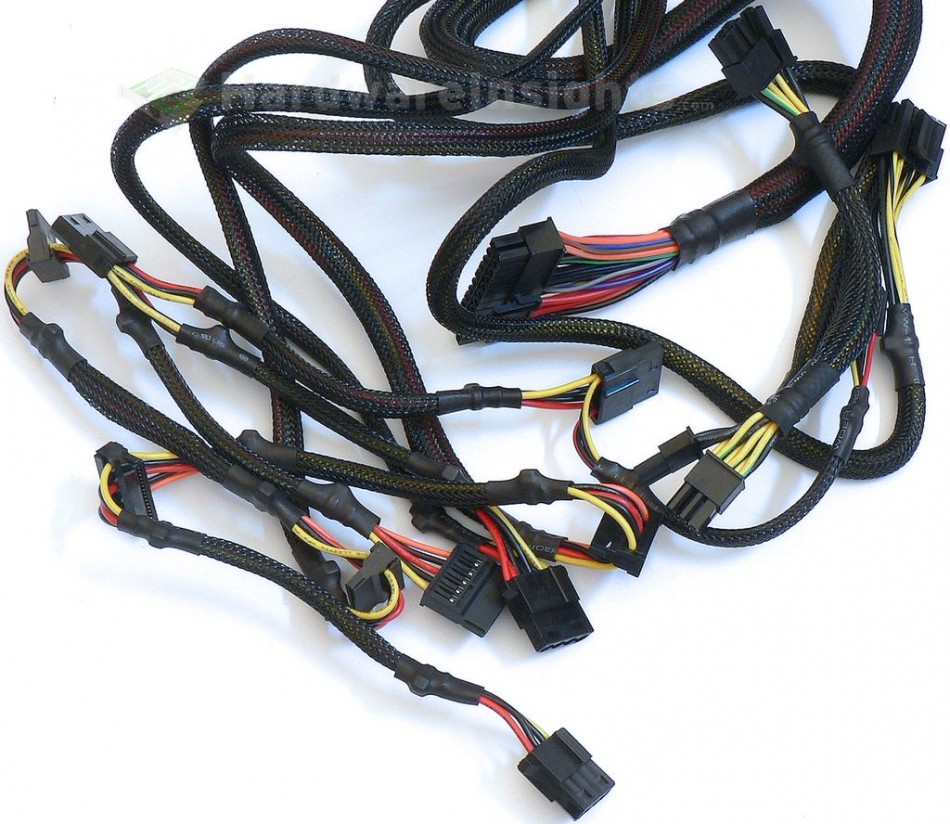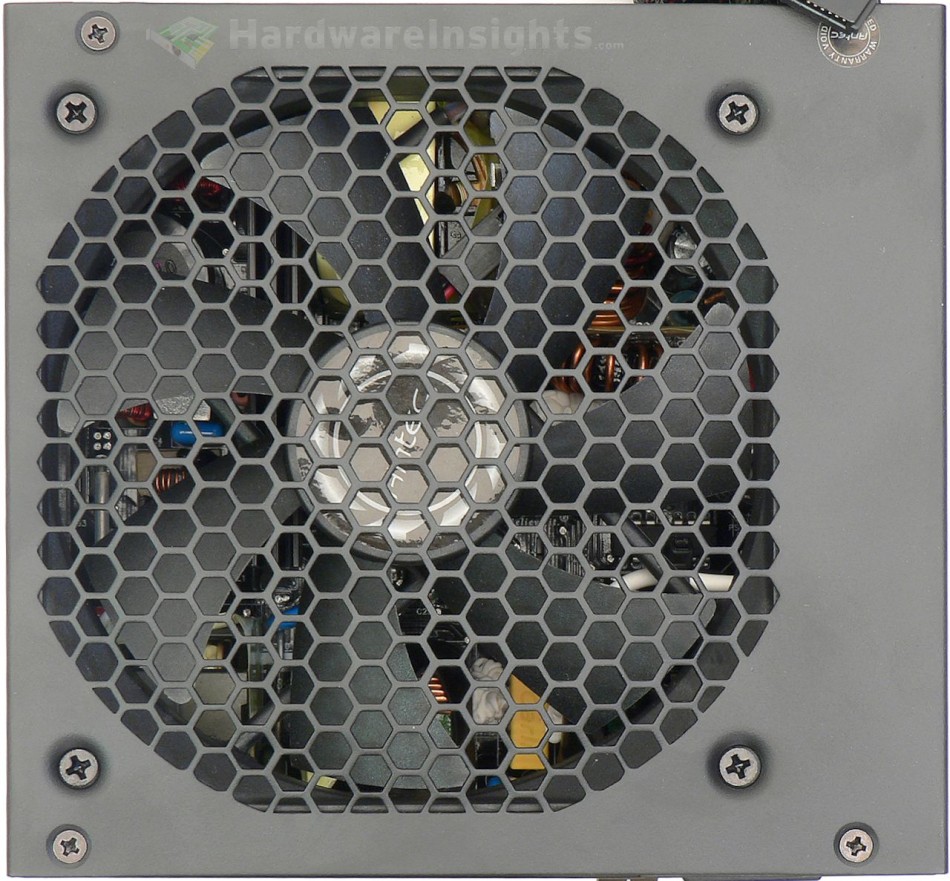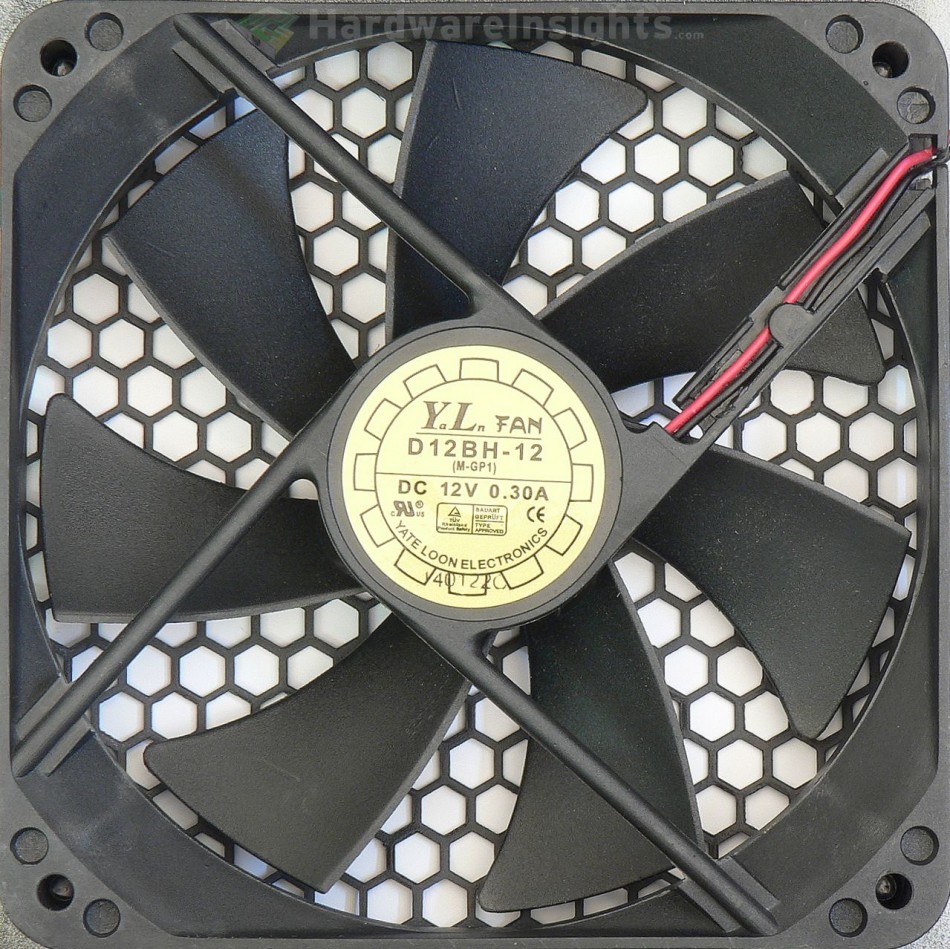Contents
- 1Introduction
- 1.1Packaging and accessories
- 2Connectors & cabling
- 2.1Casing & cooling
- 3Input filtering
- 4Primary side
- 4.1+5 V stand-by rail
- 5Secondary side
- 5.1Build quality
- 6Load testing
- 6.1Loading +5 V SB
- 6.2Voltage hold-up time
- 6.3Combined loading
- 6.4Combined loading ripple
- 6.5Crossloading, overloading
- 6.6Crossloading, overloading ripple
- 7Conclusion and evaluation
- 7.1Thanks
- 7.2Discussion
Connectors & cabling
All wires in the cabling are 18AWG (besides a few trivial ones like PWR On or Power Good) which is also the case of both 6+2pin PCIe connectors on common 8 wires. All cables are sleeved but there is no extra gold plating on connectors pins nor any unplugging clips or other extra features, just a plain cabling.
- Main ATX (20+4pin): 50 cm
- 1× ATX 12 V (4+4pin): 57 cm
- 2× PCIe (6+2pin): 52 and 67 cm
- 5× SATA: 2× 51 cm, 2× 68 cm and 1× 84 cm
- 4× peripheral molex: 1× 50 cm, 1× 66 cm, 1× 81 cm and 1× 84 cm
- 1× Berg for FDD: 97 cm
Casing & cooling
The casing is made from 0.9mm SECC steel (so it is quite tough) with matt (possibly powdered) black lacquering. The fan grille is made by directly perforating the top part of metal casing.
The backside for exhaust air is made with hexagonal holes which are around the whole AC receptacle as can be seen on the picture in previous chapter so there will be no pockets of hot air. The unit has a plastic bushing for the cables exiting from it. The fan used is ball-bearing Yate Loon D12BH-12, the same as the Cooler Master V Semi Modular uses. The current rating is 0.3A so it should be the slower version rated 2300 RPM, its airflow should be 89 CFM with noise level of 41 dBA.




